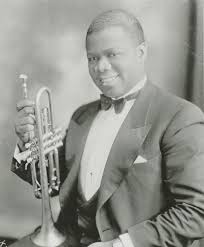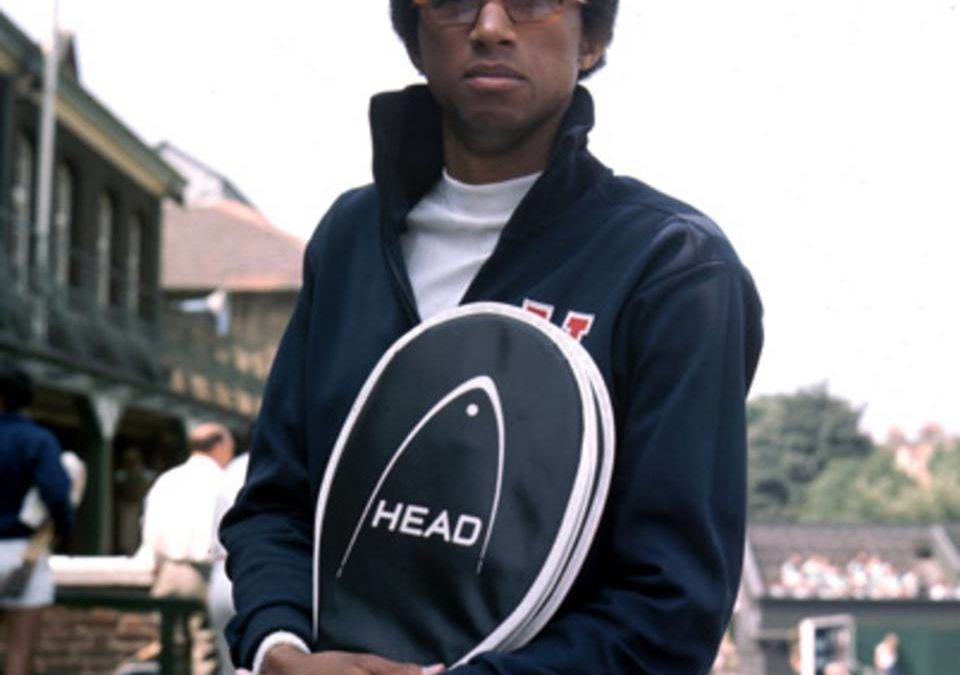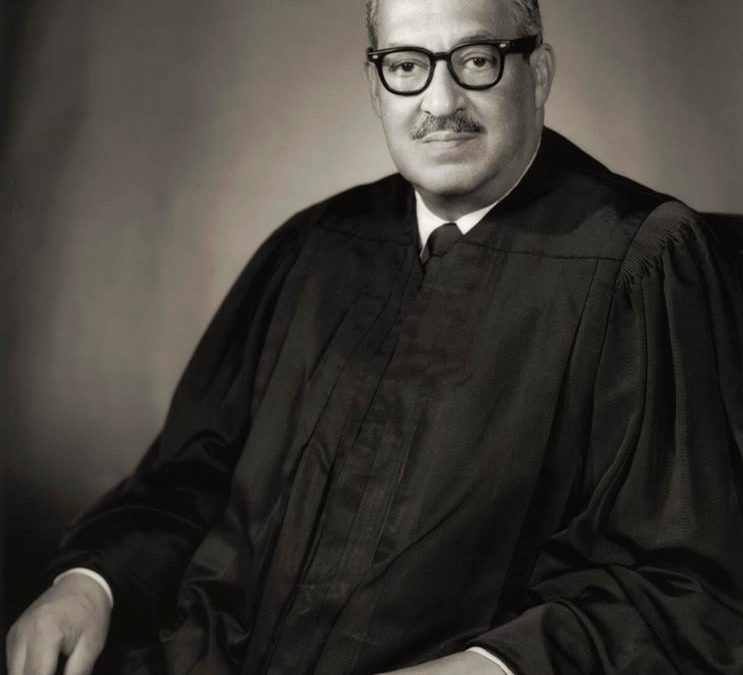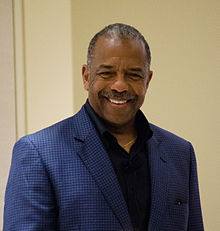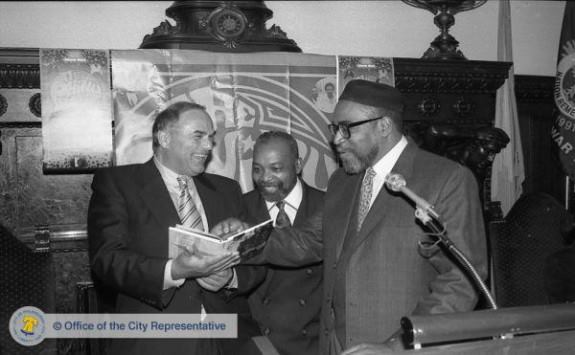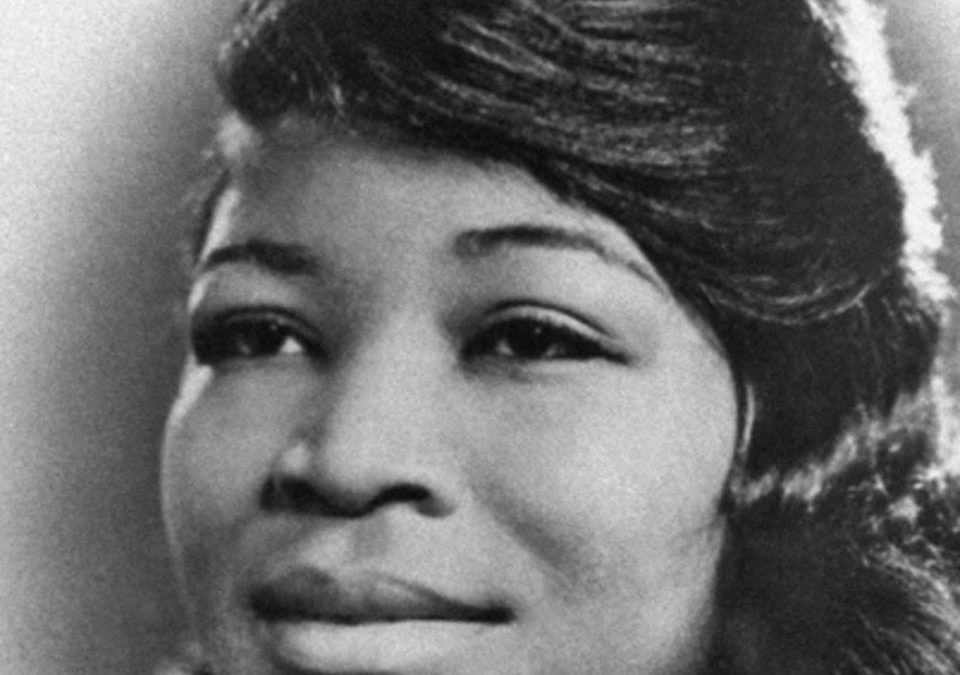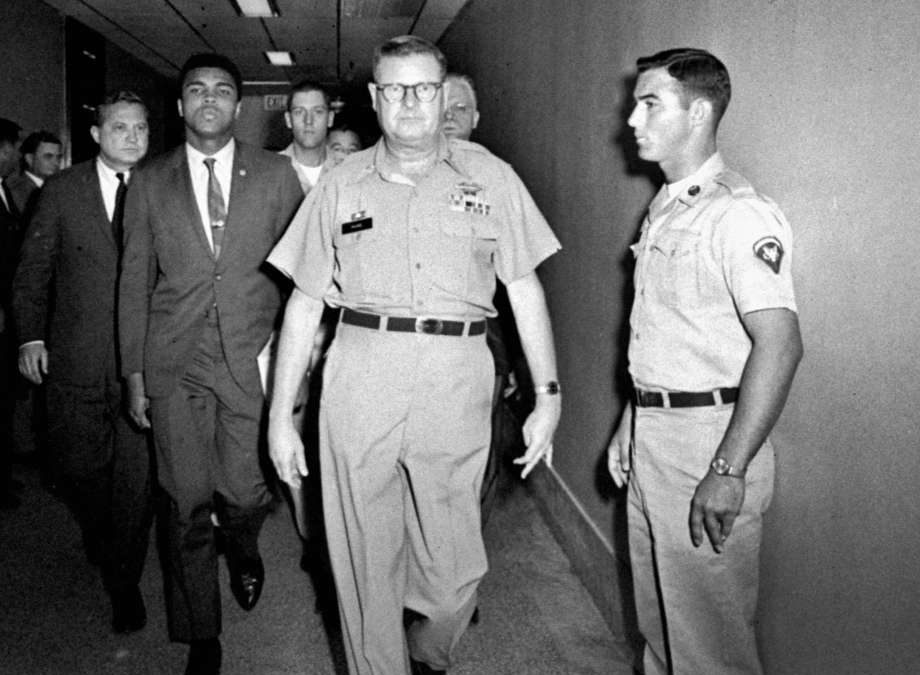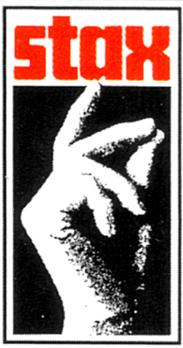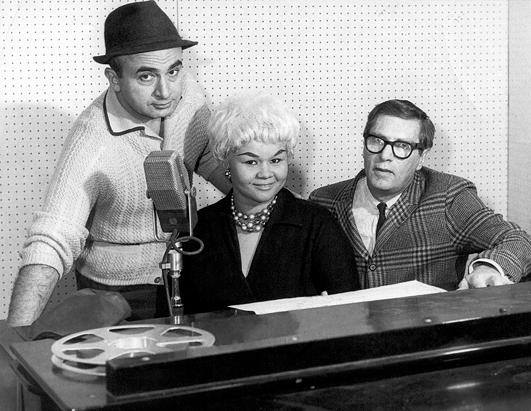GM – FBF – Today, I want to share a reminder to you that when you love what you do and do it well, you will never work you have found your passion and are living it to it’s fullist. This man was one of those rare people. Enjoy!
Remember – “Musicians don’t retire; they just stop when there is no more music in them” – Louis Armstrong
Today in our History – July 6, 1971 – SATCHMO DIES!
Louis was a trumpeter, bandleader, singer, soloist, film star and comedian. Considered one of the most influential artists in jazz history, he is known for songs like “Star Dust,” “La Vie En Rose” and “What a Wonderful World.”
Louis Armstrong, nicknamed “Satchmo,” “Pops” and, later, “Ambassador Satch,” was born in 1901 in New Orleans, Louisiana. An all-star virtuoso, he came to prominence in the 1920s, influencing countless musicians with both his daring trumpet style and unique vocals.
Armstrong’s charismatic stage presence impressed not only the jazz world but all of popular music. He recorded several songs throughout his career, including he is known for songs like “Star Dust,” “La Vie En Rose” and “What a Wonderful World.” Armstrong died at his home in Queens, New York, on July 6, 1971.
Louis Armstrong was born on August 4, 1901, in New Orleans, Louisiana, in a
section so poor that it was nicknamed “The Battlefield.”
Armstrong had a difficult childhood. His father was a factory worker and
abandoned the family soon after Louis’s birth; his mother, who often turned to
prostitution, frequently left him with his maternal grandmother. Armstrong was
obligated to leave school in the fifth grade to begin working.
A local Jewish family, the Karnofskys, gave young Armstrong a job collecting
junk and delivering coal. They also encouraged him to sing and often invited
him into their home for meals.
While he still had to work odd jobs selling newspapers and
hauling coal to the city’s famed red-light district, Armstrong began earning a
reputation as a fine blues player. One of the greatest cornet players in town,
Joe “King” Oliver, began acting as a mentor to the young Armstrong,
showing him pointers on the horn and occasionally using him as a sub.
By the end of his teens, Armstrong had grown up fast. In 1918, he married Daisy
Parker, a prostitute, commencing a stormy union marked by many arguments and
acts of violence.
Beginning in 1919, Armstrong spent his summers playing on riverboats with a band led by Fate Marable. It was on the riverboat that Armstrong honed his music reading skills and eventually had his first encounters with other jazz legends, including Bix Beiderbecke and Jack Teagarden.
Though Armstrong was content to remain in New Orleans, in the summer of 1922, he received a call from King Oliver to come to Chicago and join his Creole Jazz Band on second cornet.
Armstrong accepted, and he was soon taking Chicago by storm with
both his remarkably fiery playing and the dazzling two-cornet breaks that he
shared with Oliver. He made his first recordings with Oliver on April 5, 1923;
that day, he earned his first recorded solo on “Chimes Blues.”
Armstrong soon began dating the female pianist in the band, Lillian Hardin.
After they married in 1924, Hardin made it clear that she felt Oliver was
holding Armstrong back. She pushed her husband to cut ties with his mentor and
join Fletcher Henderson’s Orchestra, the top African-American dance band in New
York City at the time.
While in New York, Armstrong cut dozens of records as a sideman, creating inspirational jazz with other greats such as Sidney Bechet, and backing numerous blues singers, namely Bessie Smith.
By 1968, Armstrong’s grueling lifestyle had finally caught up
with him. Heart and kidney problems forced him to stop performing in 1969. That
same year, his longtime manager, Joe Glaser, passed away. Armstrong spent much
of that year at home, but managed to continue practicing the trumpet daily.
By the summer of 1970, Armstrong was allowed to perform publicly again and play
the trumpet. After a successful engagement in Las Vegas, Armstrong began taking
engagements around the world, including in London and Washington, D.C. and New
York (he performed for two weeks at New York’s Waldorf-Astoria. However, a
heart attack two days after the Waldorf gig sidelined him for two months.
Armstrong returned home in May 1971, and though he soon resumed playing again
and promised to perform in public once more, he died in his sleep on July 6,
1971, at his home in Queens, New York.
Since his death, Armstrong’s stature has only continued to grow. In the 1980s and ’90s, younger African-American jazz musicians like Wynton Marsalis, Jon Faddis and Nicholas Payton began speaking about Armstrong’s importance, both as a musician and a human being.
A series of new biographies on Armstrong made his role as a
civil rights pioneer abundantly clear and, subsequently, argued for an embrace
of his entire career’s output, not just the revolutionary recordings from the
1920s.
Armstrong’s home in Corona, Queens was declared a National Historic Landmark in
1977; today, the house is home to the Louis Armstrong House Museum, which
annually receives thousands of visitors from all over the world.
One of the most important figures in 20th century music, Armstrong’s
innovations as a trumpeter and vocalist are widely recognized today, and will
continue to be for decades to come.
Research more about this great Anerican hero and share with your babies. Make it a champion day!

